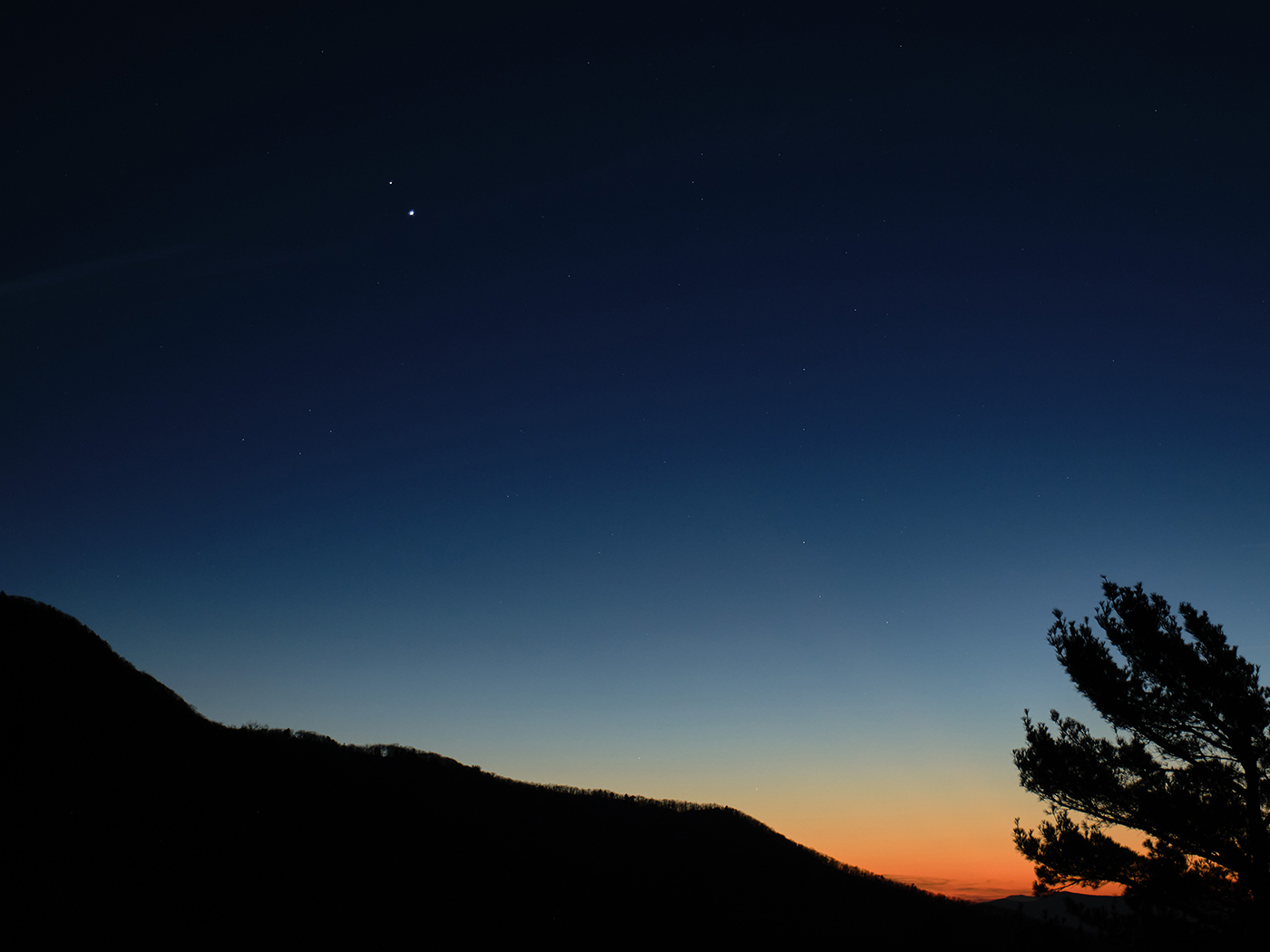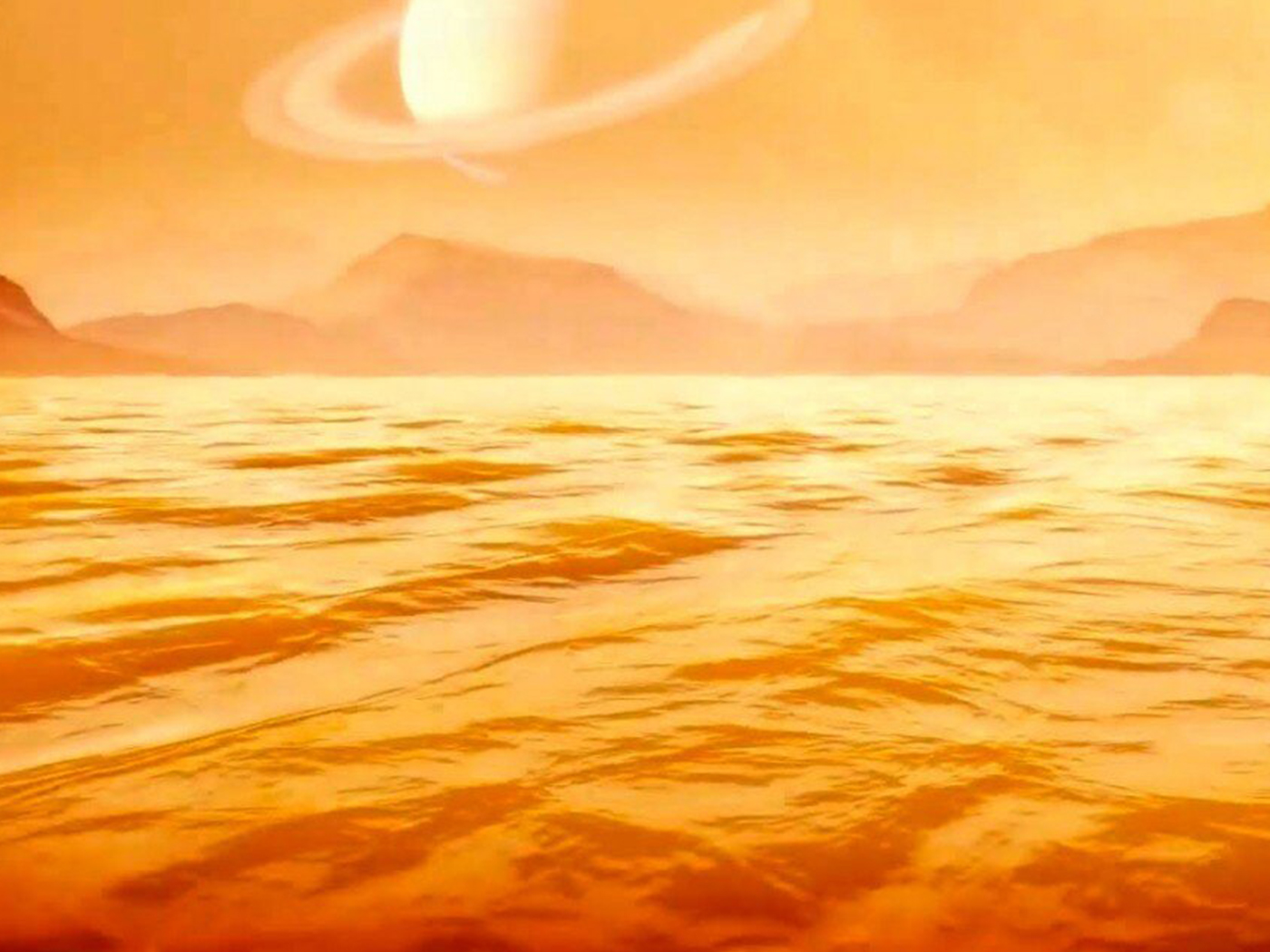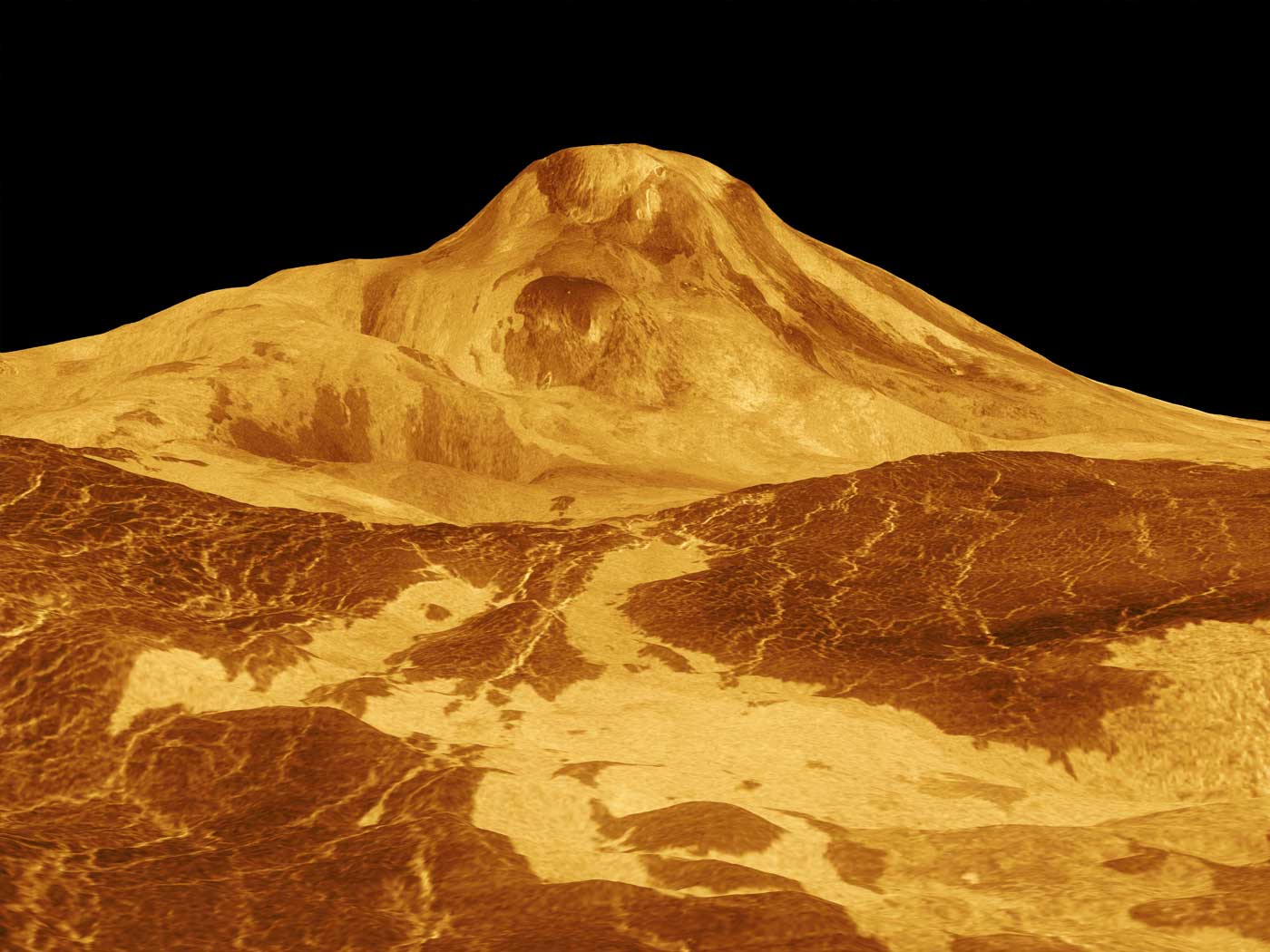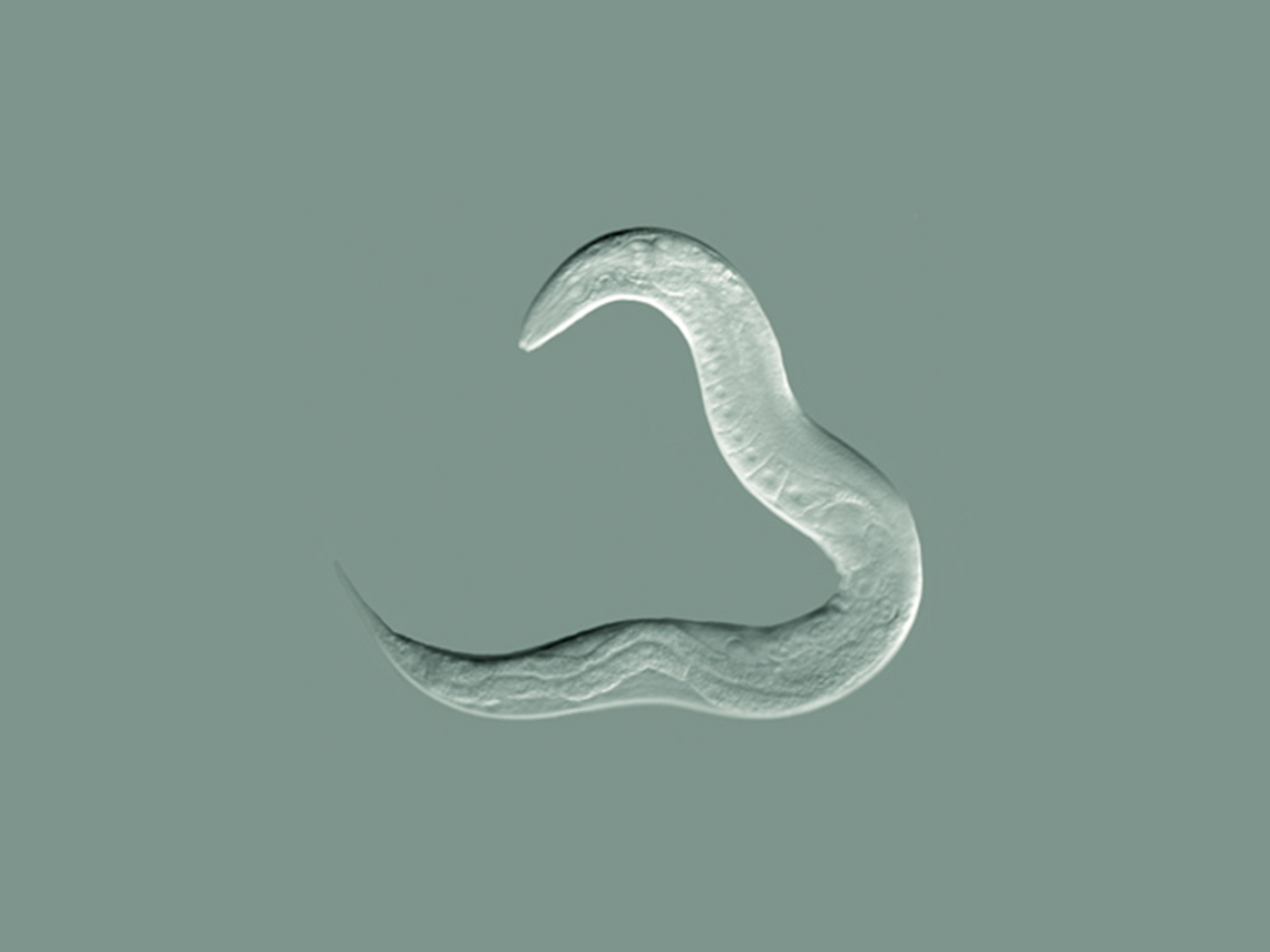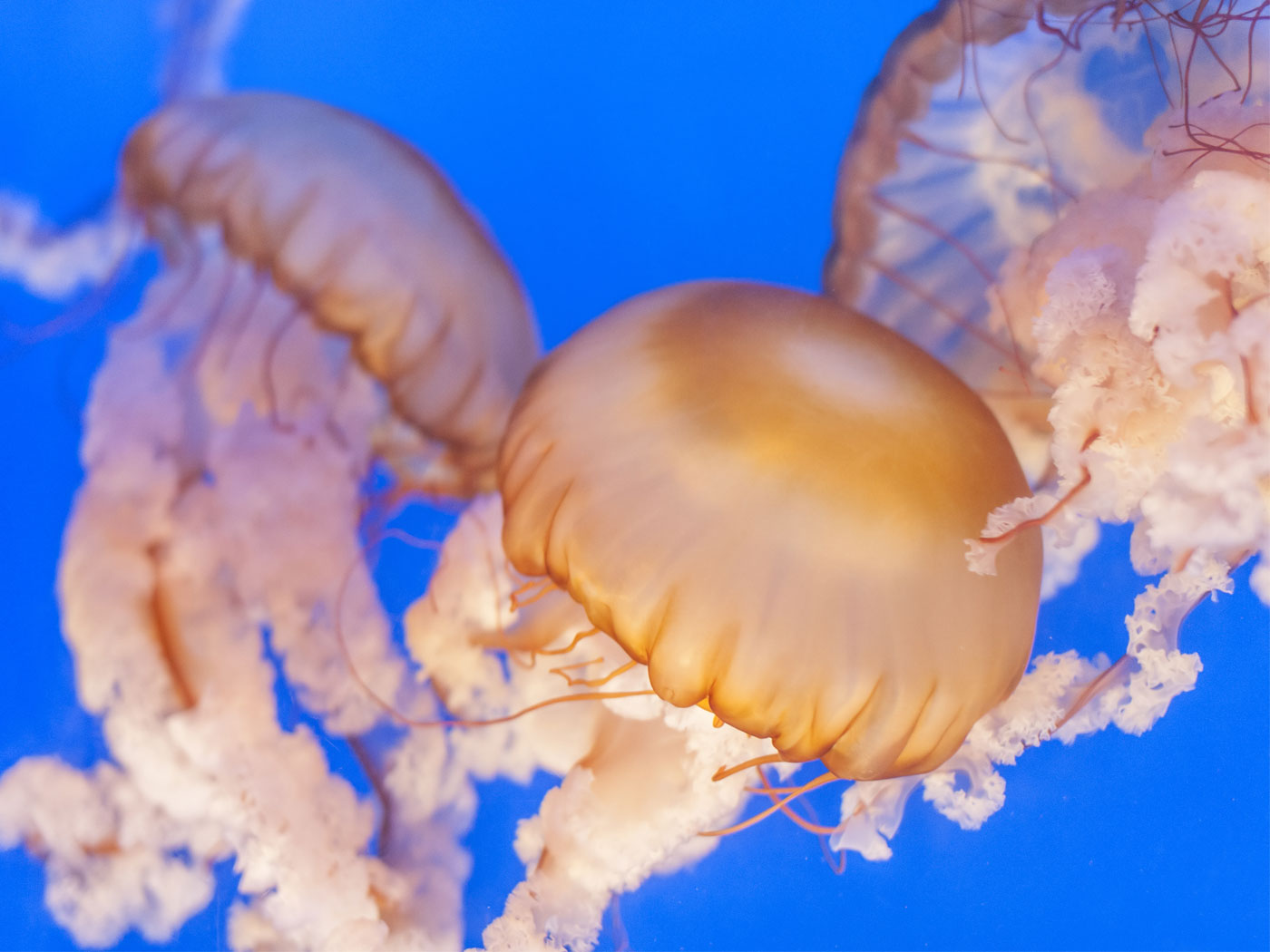Using data obtained from the Hubble Space Telescope, astronomers have confirmed a contradiction between two different estimates of the Hubble constant—an extremely important number in cosmology.1
Secular scientists claim the universe is expanding as a result of a “Big Bang” 13-14 billion years ago. The inference of an expanding universe is based on the fact that the light spectra from distant galaxies have been “redshifted” to longer wavelengths. Some creation scientists think this interpretation of the redshift data is correct, while others do not. Even if the universe is expanding, this doesn’t necessarily demand a Big Bang explanation. One could imagine scenarios in which God, for some reason, imposed an expansion on his created universe, i.e., to prevent gravitational collapse. Of course, if redshifts are indeed caused by something other than cosmological expansion, creation scientists will need to provide an alternative explanation for those redshifts. In fact, creation scientists have already proposed alternate explanations, although they are still tentative at this point.2
The expansion rate is characterized by a figure called the Hubble parameter, also known as the Hubble constant, indicated by the symbol H0. This number has units of speed per units of distance, namely kilometers per second per megaparsec—km/sec per mpc—a megaparsec is 3.26 million light years. This means that the speed at which a galaxy is thought to be moving away from us depends on the galaxy’s distance from us. The farther away the galaxy, the faster it’s receding.3
Astronomers use different methods to infer the Hubble constant. The direct method uses distances and inferred speeds to directly calculate the Hubble constant. Previous studies used supernovae data, but this more recent study used 70 stars of varying brightness, called Cepheid variables, within the Large Magellanic Cloud, a satellite galaxy of our own Milky Way galaxy. This method yields an estimate of 73-74 km/sec per mpc.1,4
In the indirect method, secular scientists analyze details of the cosmic microwave background (CMB) radiation, which they interpret as an “afterglow” from a time about 400,000 years after the Big Bang. They do so by constructing a theoretical Big Bang model containing a number of adjustable parameters whose values are left unspecified. Theorists then find the values of these parameters that give the best “overall” fit to the CMB data. From this, they then calculate the Hubble constant. This indirect method indicates that H0 should be about 67 km/sec per mpc.4 Of course, this approach implicitly assumes that the Big Bang model is correct.
The two different estimates disagree, and the uncertainties in the estimates aren’t large enough to explain the discrepancy.
Scientists have known about this contradiction for years,4,5 but the new measurements make it even less likely that the discrepancy between the two calculations is a mistake. Recently they concluded there was just a 1 in 3,000 probability that this result is in error. These new measurements reduce this probability to just 1 in 100,000.1,6
So, even if the universe is expanding, the Big Bang interpretation of the cosmic microwave background radiation yields an estimate of H0 that contradicts the estimate obtained from more direct means. The paper’s lead author, Adam Reiss, said, “The Hubble tension between the early and late universe may be the most exciting development in cosmology in decades.”1
Well, that’s one way to put a positive spin on negative results! Why are these results exciting? Because Big Bang expectations have been contradicted yet again? As creation researcher David Coppedge astutely noted, in most professions, being wrong over and over again isn’t usually seen as “exciting”—it’s seen as reason to lose your job!7
This response is also instructive because it shows how secular scientists almost never allow data to count against the Big Bang, only for it. If the results agree with Big Bang expectations (which they almost never do), then this is claimed as a victory for the Big Bang. If the results disagree with Big Bang expectations, this isn’t acknowledged as evidence against the model, but rather chalked up as evidence for some undiscovered physics to be added to the model.
Not only do the details of the Big Bang contradict the details given in Genesis, the Big Bang is a poor scientific model to boot! ![]()
Problems with the Big Bang are legion.8,9,10 Secular cosmologists have wasted, and continue to waste, who-knows-how-many millions (perhaps billions?) of taxpayer dollars attempting to prop up a failing cosmology. Some Christians argue that God somehow used the Big Bang to create the universe, but not only do the details of the Big Bang contradict the details given in Genesis,11 the Big Bang is a poor scientific model to boot!
References
1. Garner, R. Mystery of the universe’s expansion rate widens with new Hubble data. Phys.org. Posted April 25, 2019 at phys.org, accessed April 29, 2019.
2. Hartnett, J. 2014. Tension, not extension in creation cosmology. Creation.com. Posted on creation.com August 12, 2014, accessed April 29, 2019.
3. Galaxy recession is thought to occur, not because the galaxies are moving through space away from us, but because space itself is expanding.
4. Hebert, J. Big Bang Continues to Self-Destruct. Creation Science Update. Posted on ICR.org April 25, 2016, accessed April 29, 2019.
5. Hebert, J. Big Bang Hubble Contradiction. Creation Science Update. Posted on ICR.org February 5, 2018, accessed April 29, 2019.
6. Reiss, A. G. et al. 2019. Large Magellanic Cloud Cepheid Standards Provide a 1% Foundation for the Determination of the Hubble Constant and Stronger Evidence for Physics Beyond ΛCDM. The Astrophysical Journal. Revised version of pre-print posted March 27, 2019 at arxiv.org, accessed April 29, 2019.
7. Coppedge, D. F. Don’t Trust Scientists Who Were Wrong; Fire Them. Creation Evolution Headlines. Posted June 25, 2017 on crev.info, accessed April 29, 2019.
8. Thomas, B. Big Bang Fizzles Under Lithium Test. Creation Science Update. Posted on ICR.org September 22, 2014, accessed April 29, 2019.
9. Hebert, J. 2017. Big Bang Blowup at Scientific American. Creation Science Update. Posted on ICR.org May 29, 2017, accessed April 29, 2019.
10. Hebert, J. 2015. A Cosmic ‘Supervoid’ vs. the Big Bang. Creation Science Update. Posted on ICR.org May 7, 2015, accessed April 29, 2019.
11. Morris, J. D. 1997. Is the Big Bang Biblical? Acts & Facts 26 (5).





